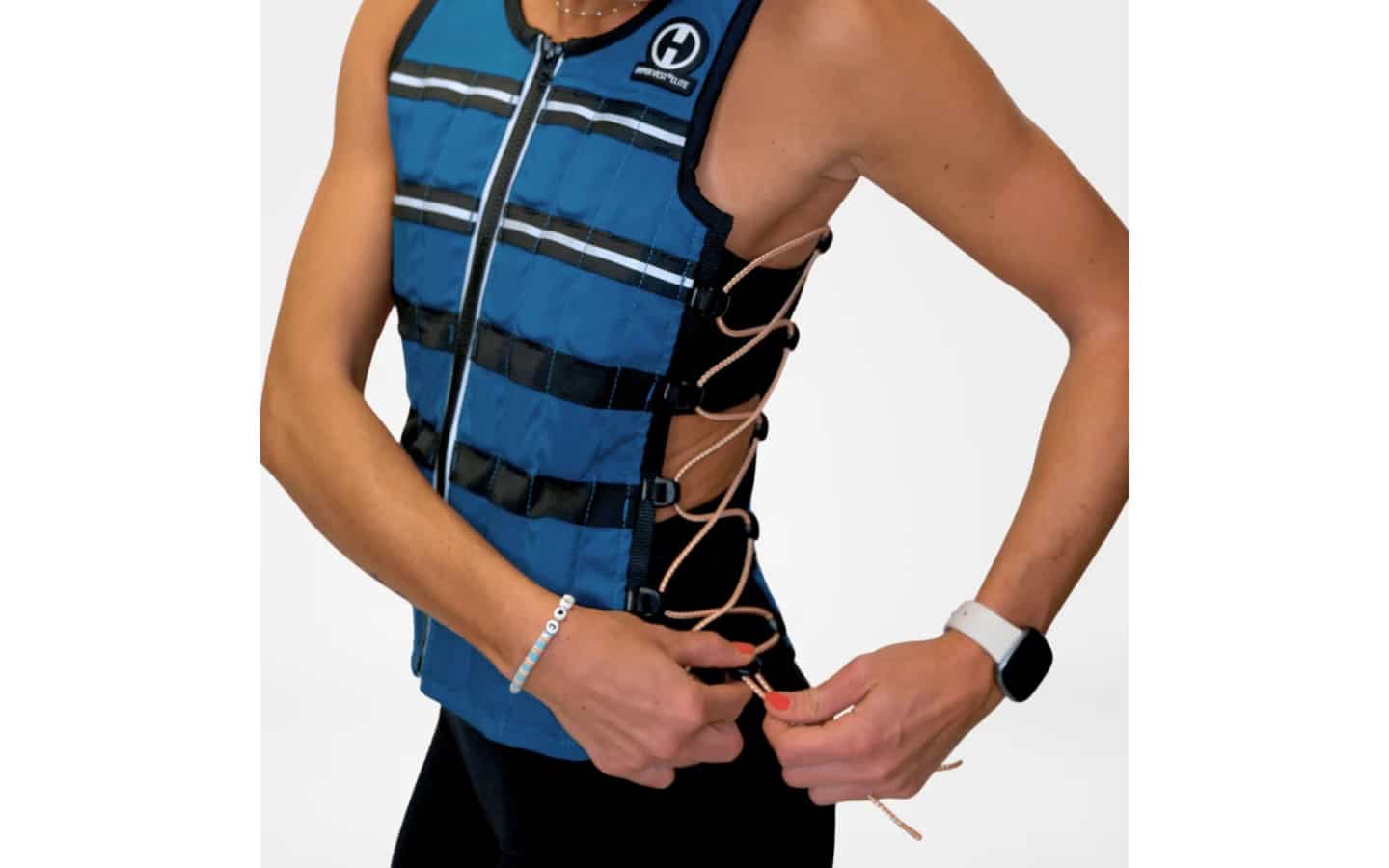
Weighted Vests
Last week, after my post on Substack and Instagram, my inbox was flooded with one question: “When should women start wearing a weighted vest, and how do I know if it’s right for me?”
I took that straight to my physical therapist, Deanie Barth, co-owner of Centurion Physical Therapy in New York City’s Carnegie Hall. Deanie has been guiding me through recovery since my shoulder surgery—a torn rotator cuff, bone spurs, and arthritis in my collarbone, the usual souvenirs of a 40-year modeling career—and six months ago, she was the one who finally put me into a weighted vest.
Here’s why weighted vests matter for women
“Women, no matter what, will lose bone density and muscle mass. Bone density peaks in your late teens or early twenties and begins to decline about a year before menopause, with the most rapid loss occurring in the year before and two years after.” — Deanie Barth
- Bone health. Research shows that wearing a weighted vest during impact exercise—walking, squats, jumping jacks—can help stimulate bone formation and slow the loss of density. One 32-week study of postmenopausal women found that femoral-neck bone density increased in those using weighted vests, while it declined in controls [NIH study]
- It’s about balance. By shifting your center of gravity, a vest forces your body to stabilize differently. That translates into better balance, a reduced risk of falls, and stronger supporting muscles.
- The long game. A five-year intervention trial found that women who performed jumping exercises in weighted vests slowed hip bone loss compared to controls. [PubMed]
How to Know If You’re a Candidate
- Start with data. Deanie is adamant: “Ask your doctor for a DEXA scan.” Surprisingly, not every GP recommends one until age 65—far too late. “My own mother wasn’t scanned until she’d already suffered compression fractures,” Deanie said.
- Check your spine. The spinal column is more fragile than long bones. A scan ensures you’re not risking compression fractures when you add weight.
- Balance check. Good baseline balance is essential. If you’re unsteady, start with physical therapy before adding external load.
- Ramp up gradually. Weighted vests should be 10–15% of your body weight. Deanie recommends starting at 10% and increasing only when your body adapts.
Smart Tips Before You Vest Up
- Begin with low-impact moves—walking, step-ups, gentle squats. Progress to jumping or squat jacks only when cleared.
- Always fit the vest snugly to avoid spinal strain.
- Pair with resistance training for maximum bone benefit—the combination is more effective than either alone (Northwestern Medicine).
-
Remember, it’s not a magic bullet. A Wake Forest trial trial found that vests alone didn’t offset bone loss during weight loss in older adults, so they work best as part of a full strength and nutrition program.
“In my opinion, weighted vests combined with strength training are one of the easiest and most proven aids to build and maintain bone density.” — Deanie Barth
In Summary
- Ask for the scan. Don’t assume your doctor will recommend a DEXA.
- Don’t over-vest. More weight isn’t better—respect the 10–15% rule.
- Think of it as health insurance. Stronger bones, better posture, more energy—that’s the real anti-aging trifecta.
Want to see more from Veronica? Check out her Substack at HauteMess.World or follow her on Instagram @veronicawebb.
By Veronica Webb with expert insights from Deanie Barth

